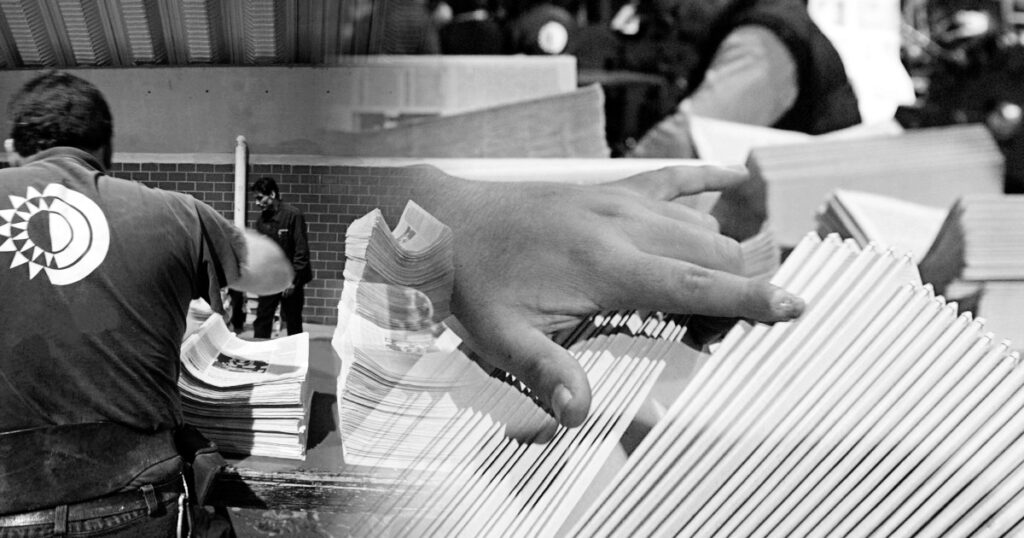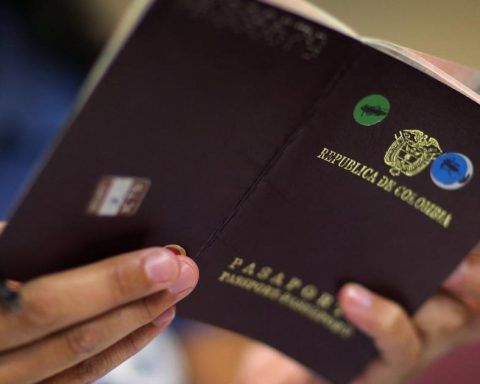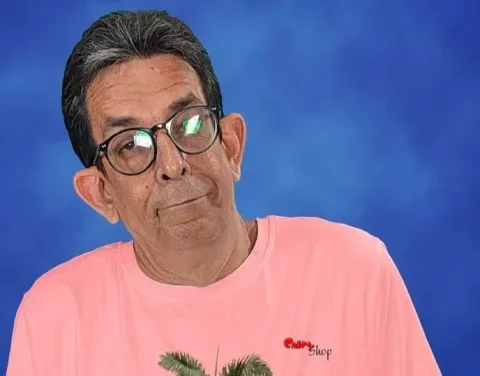A report from the International Labor Organization (ILO) ensures that, as of the third quarter of 2021, there were almost 11,000 fewer unemployed in Nicaragua than before the covid-19 pandemic broke out. The data generated reactions of skepticism in two independent experts consulted by CONFIDENTIAL.
“Official statistics in Nicaragua have a very strong bias: if a man used his machete to chip a few hours a week, he is already self-employed. If someone has a garage sale once a week, the BCN (Nicaraguan Central Bank) he will say that a job is being generated”, observed the economist Marco Aurelio Peña.
The BCN, the Ministry of Labor, and the Nicaraguan Institute of Information for Development (Inide), “apply the criterion that if a person has a certain level of income and consumes, then there is a source of employment, even if it is irregular work, illegal and underemployed,” he added.
For these institutions, “the self-employed worker is someone who generated their own employment. He is self-employed according to that criterion, omitting his quality, complexity, social coverage, remuneration and other variables”, he maintained.
For the former member of the Economic Commission of the National Assembly, Eliseo Núñez, “these organizations, including the multilateral financial ones, classify as ’employees’ those who sell at traffic lights, gardeners, or those who sell roast chicken on the streets. ”.
“If they made the distinction between formal and informal employment, you would see that formal employment has decreased a lot, and what has increased is informal employment, which does not have good pay or social protection,” explained Núñez.
One hour a week jobs
Indeed, the ILO report admits that they consider ’employed people’ to be those who had worked “at least one hour” in the reference period of the survey.
Based on official data – which specialists view with skepticism due to the opacity with which the country is administered – cited by the ILO to prepare its report, in 2017 the country would have had some 174,048 unemployed, a figure that would have grown to 228 030 affected in 2020, and decreased to 217,080 in 2021, that is, 10,950 fewer people.
“These are ‘cheerful’ and hardly credible data. From a methodological point of view, they do not reflect the microeconomic reality, because they are not very reliable. In any serious survey, the Nicaraguan says that one of his most sensitive problems is the employment deficit,” the economist quoted.
Peña also recalled that there is an increase in remittances, and in the number of people leaving the country. “Those are variables perfectly correlated with structural unemployment,” he explained.
He also recalled that, in 2021, the Nicaraguan Foundation for Economic and Social Development (Funides), said that “cyclical unemployment (recessive) triggered the unemployment rate to 10%, at least, but for the Government it never exceeded 6% , almost close to ‘full employment’ of 4%, while countries like Costa Rica saw their unemployment rate skyrocket”.
In effect, the The Central American Institute for Fiscal Studies (Icefi), detailed in its most recent report on the Fiscal Context in Central America, that Costa Rica reported 12.4% unemployment in 2019 and 14.4% at the end of 2021; Panama, 7.1% in 2019 and 11.3% in 2021, while the rest of the countries, which only report data for 2020, report significant growth in unemployment.
Less growth, but more employees?
The ‘2021 Labor Outlook for Latin America and the Caribbean’, prepared by the ILO Regional Office, shows that “two years after the start of a pandemic that caused a deep crisis in the labor markets of Latin America and the Caribbean, the economic recovery has been insufficient for employment to return to 2019 levels.”
In the case of Nicaragua, the regional entity assures that at the end of September last year, the “occupation rate” had not yet recovered, and remained three percentage points below what it showed before the pandemic.
Although in most of the world this crisis began in March 2020, for Nicaragua it was only the third year of a debacle that began in 2018, when government repression generated a recession that led to economic depression which was marked as of December 31, 2020.
ILO data shows that, in 2017, the official level of unemployment reported by the dictatorship was equivalent to 3.7% of the economically active population (EAP), and rose to 5.5% in 2018, which makes sense considering that That year, the gross domestic product decreased 3.4%, according to data published by the Central Bank of Nicaragua (BCN).
Contradictorily, official data shows that, while the economy contracted 2.0% in 2019, unemployment, instead of growing, fell to 5.4%, and decreased to 5.0% in 2020, despite the fact that the economy was shrinking once again.
The report indicates that as of the third quarter of 2021, the open unemployment rate was equivalent to 4.8% of the PEA, which represents a decrease of 0.2 percentage points, from the 5.0% that it showed in the third quarter of 2020.
Men, women and young people in informality
Some of the document’s findings – extrapolated to the Nicaraguan reality – suggest that if the informality rate was reduced at the beginning of the crisis “because the loss of this type of employment was enormous”, most of the jobs recovered It has been in informal conditions.
Additionally, it shows that “at the end of 2021, around 4.5 million jobs remained to be recovered…. The vast majority, women”, although the Nicaraguan case would be the exception.
While general unemployment grew 1.1 percentage points between December 2017 and September 2021, the blow would have been greater for the male gender, whose statistics show a contraction of 1.4 points, while that of the female stops at 0.8 percentage points, which could be explained by the growth of informal employment, where many female faces can be seen.
In the case of young people, they have returned to employment faster than adults, but the regional unemployment rate is even higher than that observed before the pandemic, which was considered “excessively high”, without forgetting that “many young people they usually enter the first job they get, very often in informal conditions”.
There is no updated data on youth employment in Nicaragua. The most recent offered by the Report dates from 2012.
An additional piece of information to understand the Nicaraguan economic recovery (and therefore, the generation of jobs and poverty reduction), is “the amount of resources available to implement measures aimed at compensating or cushioning the effects of restrictions on mobility, carrying out some economic activities, and the loss of income that this implied for families and companies,” said the ILO.
In Latin America, Nicaragua was the third country that offered the least fiscal or financial support to its citizens to alleviate the economic blow of the covid-19 pandemic: while at the top end, Peru allocated the equivalent of 19.6% of its gross domestic product (GDP), the dictatorship allocated just 1.3% of GDP (the same percentage as Jamaica), for the same purpose.
Only Ecuador (0.7%), and Haiti (0.6%), offered less to their citizens.

















